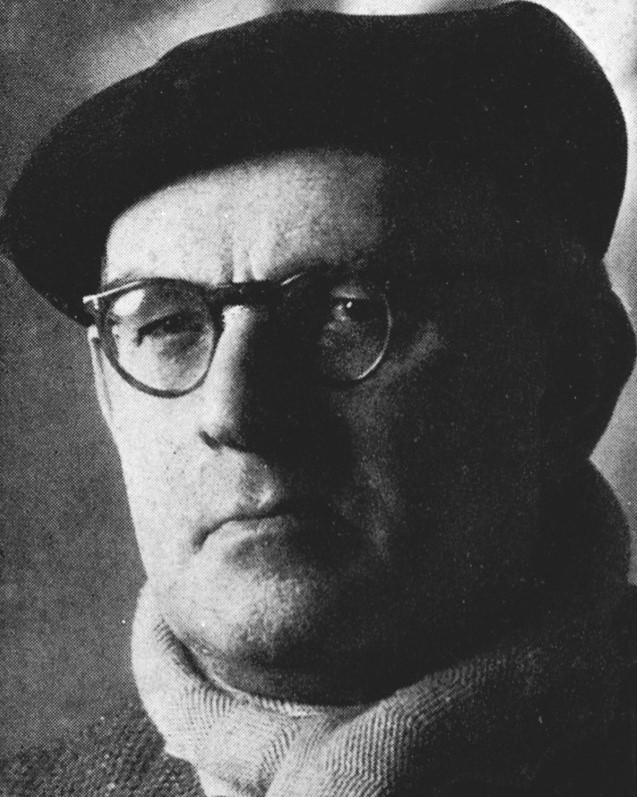Alfred ABERDAM
December 31, 2018Jankel ADLER
December 31, 2018Michel ADLEN
SAKI (UKRAINE) 1898 – PARIS 1980
From 1915 to 1922, Michel Adlen took painting classes in Vienna where he exhibited for the first time. In 1923, he participated in several graphic art exhibitions in Berlin. That same year, he traveled to Paris and went through a brief Cubist phase in 1925. He acquired French nationality and illustrated various tales and novels from 1929. A lithography album prefaced by André Salmon was published in 1932.
In 1936, Adlen participated in the International Woodcut Exhibition in Warsaw. His engravings were purchased by the Moscow and Kiev museums as early as 1928. In 1937, he contributed to the journal Our Artists. In 1955, Armand Lanoux published a monograph on Adlen. An album of prints on the circus theme was published in 1960, entitled The Clown of Paris. In 1963, Pierre Mac Orlan prefaced his last album Ile-de-France. Michel Adlen painted Paris suburbs and city views. He died in his studio on January 21, 1980.
Stories of Jewish Artists of the School of Paris 1905-1939
FRENCH-ENGLISH
Capitale des arts, le Paris des années 1905-1939 attire les artistes du monde entier. De cette période de foisonnement, un terme est resté, celui d'Ecole de Paris, qui recouvre une grande diversité d'expression artistique. Dans ce brassage dont Montparnasse est le creuset, un groupe se distingue : celui des artistes juifs venus de Russie, de Pologne et d'Europe centrale. Si leurs styles sont variés, un destin commun les rassemble : ils fuient l'antisémitisme de leur pays d'origine. Certains ont connu la célébrité dès les années 1920, tels Soutine, Lipchitz ou Chagall. D'autres n'ont pas eu le temps ou la chance d'y accéder. Près de la moitié a péri dans les camps de concentration nazis.
From 1905 to 1939, Paris attracted artists from all over the globe as the capital of the art world. This period of artistic proliferation became known as the School of Paris, and includes a great diversity of artistic expression. Within the teeming art world centred on Montparnasse, one group set itself apart: Jewish artists from Russia, Poland, and Central Europe. Although their styles were diverse, they shared the common fate of fleeing anti-Semitic persecutions in their home countries. Some became famous in the 1920s, such as Soutine, Lipchitz, and Chagall, while others did not have the time or the luck to gain renown. Nearly half of these artists died in Nazi concentration camps.





